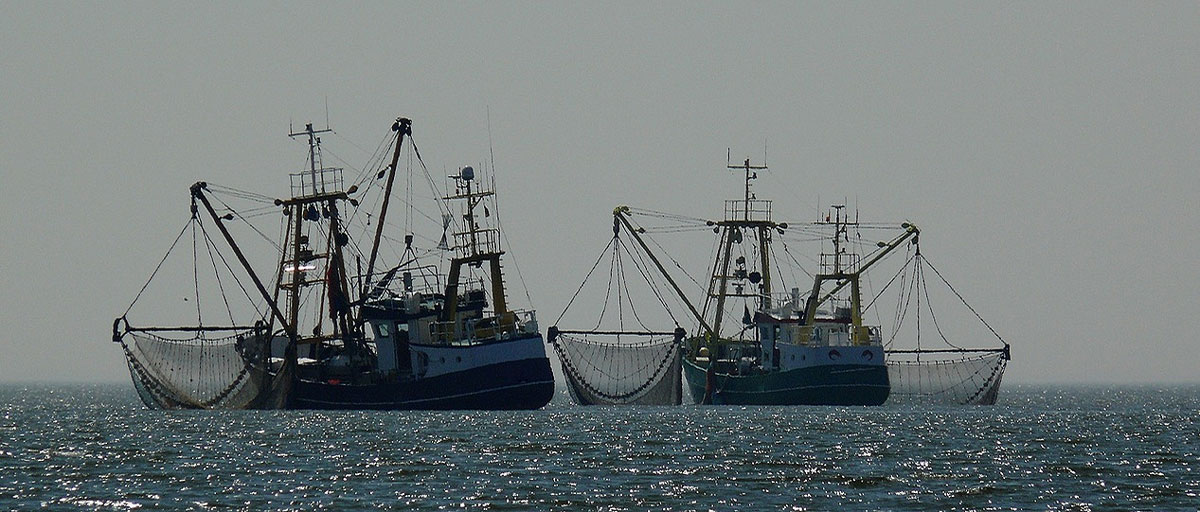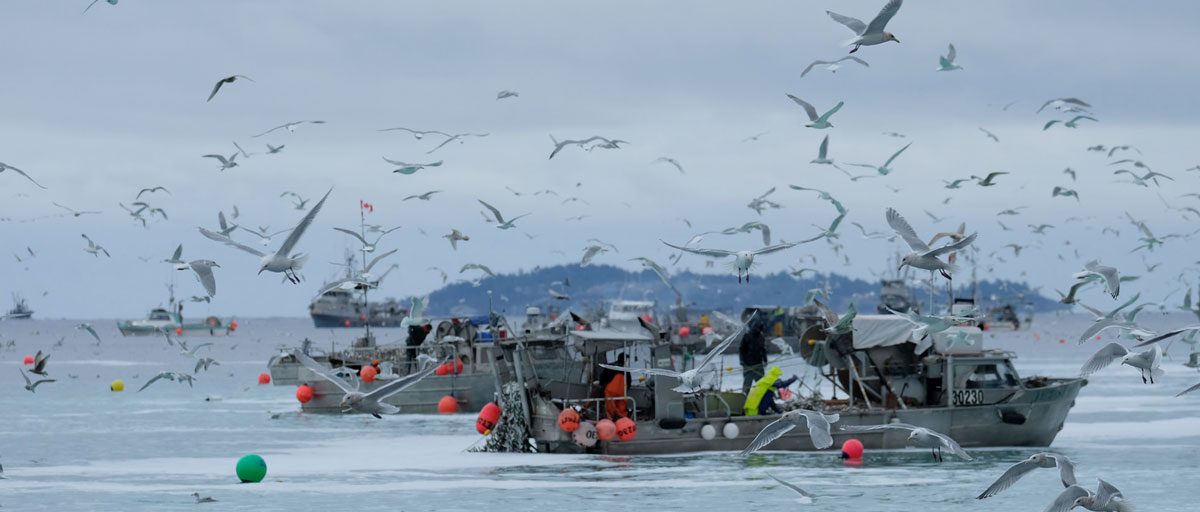
A special issue recently published in Marine Policy takes a closer look at current and emerging funding trends in the rapidly evolving world of ocean finance. Attempting to meet the Sustainable Development Goals and other targets will require financing mechanisms that go beyond both official development assistance and philanthropy. Photo: PxHere
Bildtext får vara max två rader text. Hela texten ska högerjusteras om den bara ska innehålla fotobyline! Photo: B. Christensen/Azote
OCEAN CONSERVATION AND SUSTAINABLE FISHERIES
Dealing with the rapidly changing world of ocean finance
Resource mobilisation for ocean conservation outcomes and more sustainable fisheries is increasing, but transparency, coherence and the critical evaluation of interventions still lag behind
- Special issue on funding for ocean conservation and sustainable fisheries
- A variety of new and diverse funding sources have emerged, but remain incoherent, uneven and might even create confusion
- The monitoring of projects needs to be improved upon to allow the field of aid interventions to better implement lessons learned and ensure adequate impacts
Never celebrate too early. While there is growing acknowledgement that substantial action is needed to save our oceans, international commitments such as the Sustainable Development Goals, the 2017 UN Ocean Conference Call for Action and a suite of other pledges risk remaining hollow if they are not muscled up with sufficient financial resources. A range of both well-established and emerging funding opportunities exist, ranging from official development assistance (ODA) to climate funds and philanthropic organisations.
But transparency in allocations, coherence among initiatives and monitoring of impacts are critical for successful interventions - as emphasised by the Paris Declaration and Accra Agenda for Action – and still lag behind.
This picture of a rapidly changing funding landscape emerges from a special issue on ocean conservation and sustainable fisheries recently published in Marine Policy. The special issue, edited by centre researcher Robert Blasiak together with Colette Wabnitz of the University of British Columbia, takes a closer look at current and emerging funding trends in the rapidly evolving world of ocean finance. Several researchers from the Stockholm Resilience Centre have contributed to the special issue.
New funding approaches needed
The ‘blue economy’ concept has proven to be a creative and high-profile way of recognising the role oceans and coastal ecosystems play in climate mitigation and achieving sustainable development. While the oceans have been estimated to generate financial benefits to humans as high as USD 2.5 trillion, investments made to protect and ensure the sustainable use of the oceans lag far behind.
Philanthropic organisations are becoming increasingly important players, but – like all financing mechanisms – face a degree of scepticism and criticism. For instance, initiatives designed to promote large protected areas have faced criticism for inadequately incorporating the needs and interests of local communities dependent on these areas.
Attempting to meet the ambitions of the Sustainable Development Goals and targets set by the UN Convention on Biological Diversity will require the development of financing mechanisms that go beyond both official development assistance and philanthropy
Colette Wabnitz and Robert Blasiak, special issue editors
Closer public-private partnerships
Wabnitz and Blasiak see potential in ‘blue’ finance initiatives that seek a stronger connection between public-private partnerships around the management of for instance marine protected areas and a global consumer market that is more sensitive to the needs and priorities of local communities and their environments. In one of the special issue manuscripts, for instance, researchers present a three-stage strategic roadmap for “a commercially viable and scientifically robust” blue carbon market.
But there are also initiatives that serve to inspire. The Marine Stewardship Council, for instance, announced a GBP 1 million fund at the end of 2018 to support the development of sustainable measures for small-scale fisheries in the Global South. Around the same time, the Seychelles government launched the world’s first sovereign blue bond, a novel mechanism that raised USD 15 million from international investors to finance sustainable marine and fisheries projects.
China has also emerged as a major financial player, providing a more “no-strings-attached” alternative to traditional ODA that has proven attractive to some and concerning to others. An increasingly transactional tone in US policy on ODA adds yet another unpredictable element to the funding landscape.
Get it right on monitoring and collaboration
With threats to ocean resilience expected to intensify, pledges to curb the risks must be backed by adequate and appropriate funding mechanisms. This funding, in turn, must benefit countries and communities that are expected to be hit the hardest by threats like climate change in ways that builds effective capacity and where measures implemented to foster sustainability are adequately enforced, for example.
This challenge is nothing new to anyone engaged in matters of sustainability, but the special issue in Marine Policy highlights an important challenge: funding attempts to mitigate and support adaptation to risks such as rapid environmental change must become more transparent, more coherent, and more focused on monitoring of outcomes.
“Only then can impacts of funded initiatives be monitored and best practices be shared,” Blasiak and Wabnitz conclude.
Read the special issue here
Blasiak, R., Wabnitz, C.C.C., Daw, T., Berger, M., et.al. 2019. Towards greater transparency and coherence in funding for sustainable marine fisheries and healthy oceans. Marine Policy, DOI: 10.1016/j.marpol.2019.04.012
Robert Blasiak is a researcher at the Stockholm Resilience Centre focusing on stewardship within the seafood industry and issues surrounding marine genetic resources









